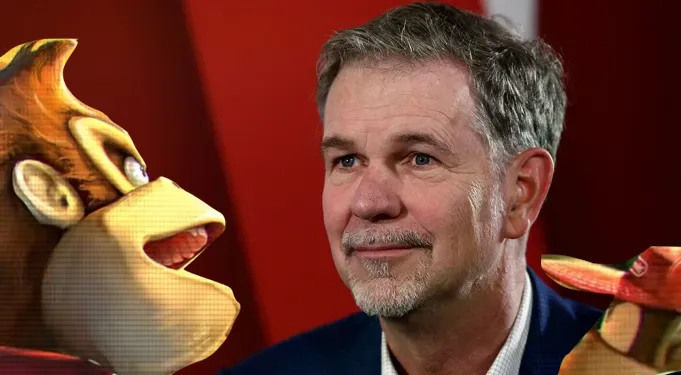Netflix Finds Its Game Nest With Single-Player, Not Live Service

Netflix is seriously ramping its games division. As of February 2022, I scrapped ~25 game or game-related titles on Linkedin. Excluding Night School (+15) or Next Game (+125), Netflix Games probably approaches an internal headcount of ~50-60. With both studios, ~150-200 Netflix Game or Games related employees. At 14 titles, we’ve seen of things like Dungeon Dwarves and Krispee Street, highlighting small indie-based narrative adventures rather than big-budget AAA affairs. On the contrary, I’ve yet to see a pundit to suggest Netflix get involved in the recent game M&A spree. However, in an industry turning hard right on live service, Netflix is justified in turning left.
Subscriptions spread cost among participants; the higher the denominator, the lower the cost per subscriber. From The Economics of Game Pass Demand a Playstation Launch:
The supply-side economics of subscriptions are fairly straightforward: get massive scale and distribute costs. Netflix has over 160M subscribers meaning a $100M production only costs each user $0.63. There’s zero marginal cost (unlike Spotify), so the more subscribers Netflix has the less a piece of content costs on a per user basis. At $11 per user per month, Netflix can spend over $1.7B on content each month and break even. In fact, as recently as 2019, Netflix spends close to break even. In the long-run, Netflix has a incredible loop: content brings users, these users lower per user content costs, this accelerates more content spend, which brings more users. Rinse, wash, repeat until diminishing returns take hold.
The challenge with game subscription services is that players rarely play more than one game at a time; there isn’t a thirst for new games when League of Legends and Fortnite are dropping free weekly content. This is, after all, the point of live service: foster long-run retention with a particular game. But live-service economics washes away in a world of linear-based gameplay and limited content updates. Instead, games like Control or Tomb Raider look like Too Hot to Handle or Peaky Blinders: driving {y} number of viewer/engagement hours for {x} cost. In this framework, games are nothing more than another type of growth content to feed the subscription loop. In an interview last year, Netflix’s Chief Product Officer all but confirms this notion (emphasis mine):
And we also feel that our subscription model yields some opportunities to focus on a set of game experiences that are currently underserved by the sort of dominant monetization models and games. We don’t have to think about ads. We don’t have to think about in-game purchases or other monetization. We don’t have to think about per-title purchases. Really, we can do what we’ve been doing on the movie and series side, which is just hyper laser-focused on delivering the most entertaining game experiences that we can’t.
Reed Hastings claimed the biggest competitor to Netflix was not HBO but rather Fortnite. Initially, I dismissed this as Valley babble, but with 66% of kids ages 9-12 playing Roblox, he may be onto something.